Accordingly, the results of excavation and archaeology at the Ho Dynasty Citadel clearly show the architectural planning and construction methods and arrangement of the citadel architecture of a Vietnamese feudal monarchy in the late 14th and early 15th centuries.
From the existing citadel walls and gates, archaeologists have discovered many important structures in the Ho Dynasty Citadel such as: Hoang Nguyen Palace (main palace); Dong Thai Mieu; Tay Thai Mieu; King's Foundation; Moat; Royal Road; structure of citadel walls, gates... along with a system of extremely unique and valuable relics and artifacts. |
Archaeology has determined that the foundation and walls of the Ho Dynasty Citadel were built by combining many different materials, with 3 tightly linked layers including: The outer layer is made of large stone blocks, the middle layer is reinforced by natural stone blocks inserted into each layer of stone to build the outer wall, the innermost layer is made of layers of clay mixed with pebbles, crushed stone, compacted, firmly tamped in each layer and has a gentle slope inwards to create a support pillar to bear the force for the entire outer stone wall. The foundation is reinforced by many layers of stone and clay mixed with pebbles and foundation stone blocks to create solidity for the entire wall. |
Through excavation, the location of the citadel was determined to be 60 to 90m from the citadel's foot; the scale was determined to be 50m wide, about 4km long surrounding the entire stone citadel; the structure of the citadel was determined with the moat and the ancient stone embankment spread evenly 4km around to create stability for the structure of the citadel. The citadel was determined to be a unified, comprehensive architecture surrounding the entire area of the Ho Dynasty Citadel's Imperial Citadel with a large scale, unique architecture, a part based on natural terrain and expanded to create a foundation to reinforce the citadel as well as protect the entire citadel. |
Archaeological excavation process at the South Gate area and inside the inner citadel In the Ho Dynasty Citadel World Heritage Site, archaeologists have discovered a road (Royal Road) paved entirely with slate on a very large scale. This road runs straight into the main axis of the Tay Do citadel. |
The excavation and archaeology at the gate area have clearly revealed the scale and architecture of the gates of the Ho Dynasty Citadel. The outstanding and distinctive features of the Ho Dynasty Citadel are that the four gates and four walls were all built of solid and majestic stone. The gates were built in the shape of arches with large stone blocks with isosceles trapezoidal cross-sections (or called grapefruit segments) and no adhesives were used. The inside of the gates was completely crafted with the architecture of the door frames, door mortars, and door foundations completely paved with monolithic green stone... above the southern and northern gates, there was a watchtower architecture with column holes and a drainage system arranged in a very standard and methodical manner. |
According to scientists, the above important archaeological discoveries have clearly demonstrated that the Ho Dynasty Citadel was an ancient capital that was planned and built completely, systematically, and according to standards with full temples, shrines, palaces, roads, and was used throughout many feudal monarchies of Vietnam as the administrative - political - military center of the country and region at that time. |
Ho Dynasty Citadel (also known as Tay Do Citadel) is located in the administrative area of Vinh Long and Vinh Tien communes, Vinh Loc district (Thanh Hoa). This is one of the most unique stone architectural works in Vietnam and the world. The work was built by Ho Quy Ly in 1397, and was once considered the capital, the political and social cultural center of Dai Ngu country under the Ho Dynasty. After more than 600 years of existence with many historical events, most of the imperial citadel was destroyed, but the citadel remained almost intact. On June 27, 2011, Ho Dynasty Citadel was officially recognized by the United Nations Educational, Scientific and Cultural Organization (UNESCO) as a world cultural heritage. Through many excavations, archaeologists have found many artifacts, deciphered many secrets about the construction process as well as other values...
Source: https://tienphong.vn/phat-hien-bat-ngo-tu-di-san-thanh-nha-ho-post1741431.tpo


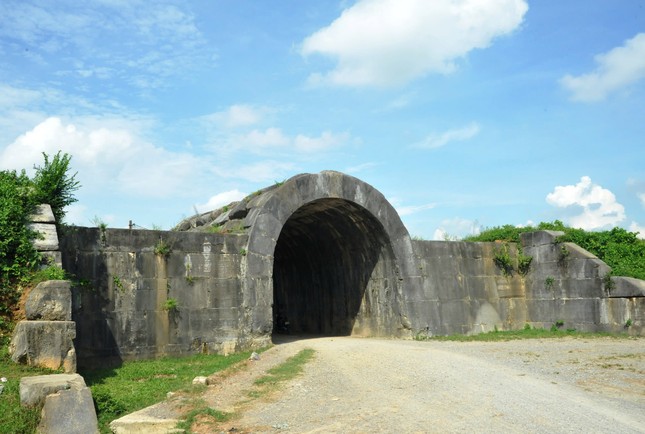
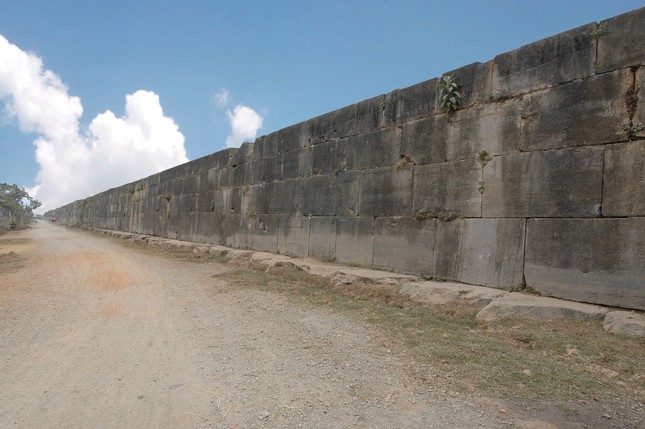
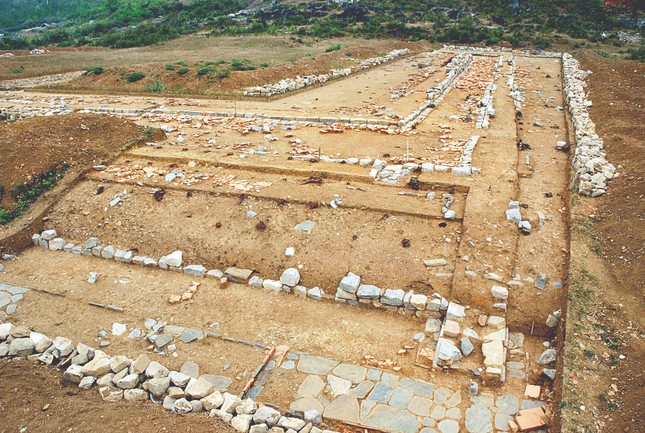
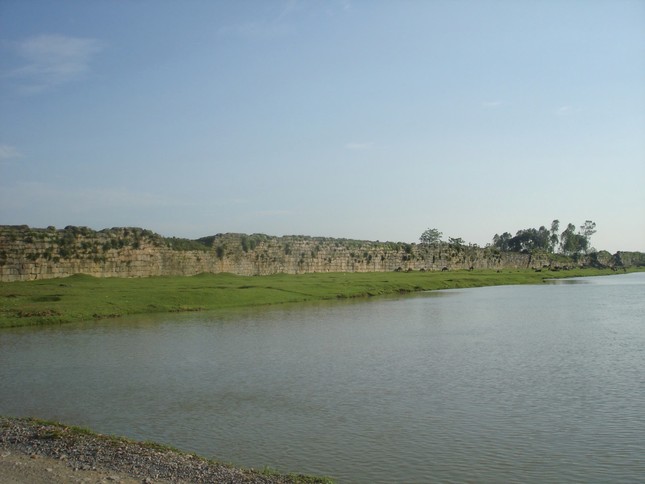
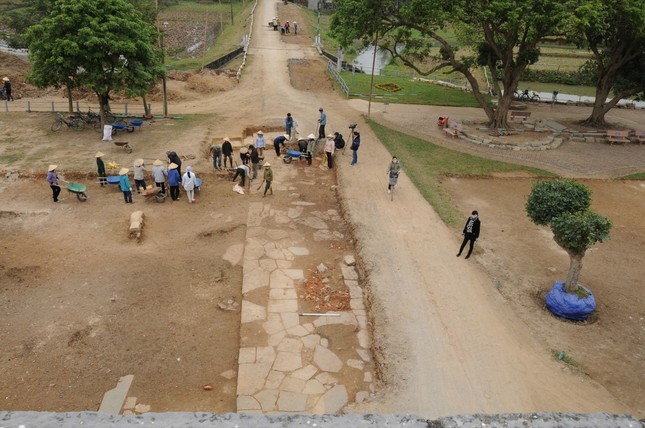
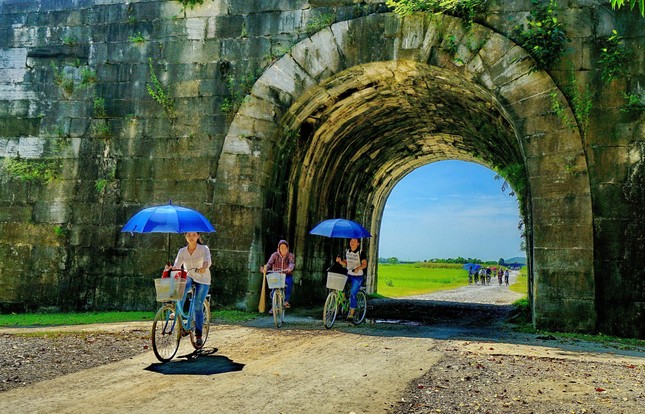

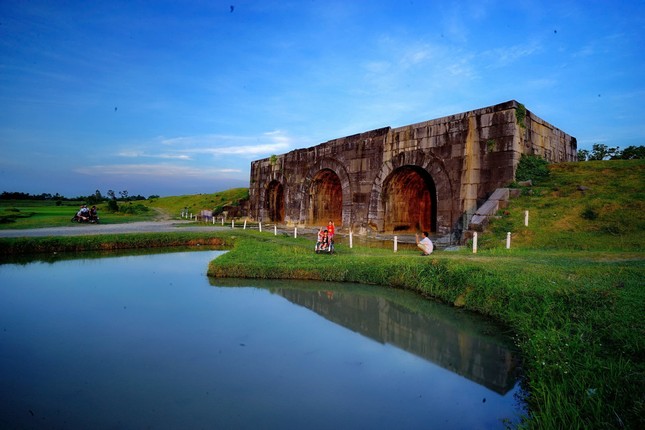
![[Photo] Fall Fair 2025 and impressive records](https://vphoto.vietnam.vn/thumb/1200x675/vietnam/resource/IMAGE/2025/11/03/1762180761230_ndo_br_tk-hcmt-15-jpg.webp)
![[Photo] General Secretary To Lam receives Singaporean Ambassador Jaya Ratnam](https://vphoto.vietnam.vn/thumb/1200x675/vietnam/resource/IMAGE/2025/11/03/1762171461424_a1-bnd-5309-9100-jpg.webp)
![[Photo] Prime Minister Pham Minh Chinh receives the Chairman of the Japan-Vietnam Friendship Association in the Kansai region](https://vphoto.vietnam.vn/thumb/1200x675/vietnam/resource/IMAGE/2025/11/03/1762176259003_ndo_br_dsc-9224-jpg.webp)
![[Photo] Lam Dong: Close-up of illegal lake with broken wall](https://vphoto.vietnam.vn/thumb/1200x675/vietnam/resource/IMAGE/2025/11/03/1762166057849_a5018a8dcbd5478b1ec4-jpg.webp)
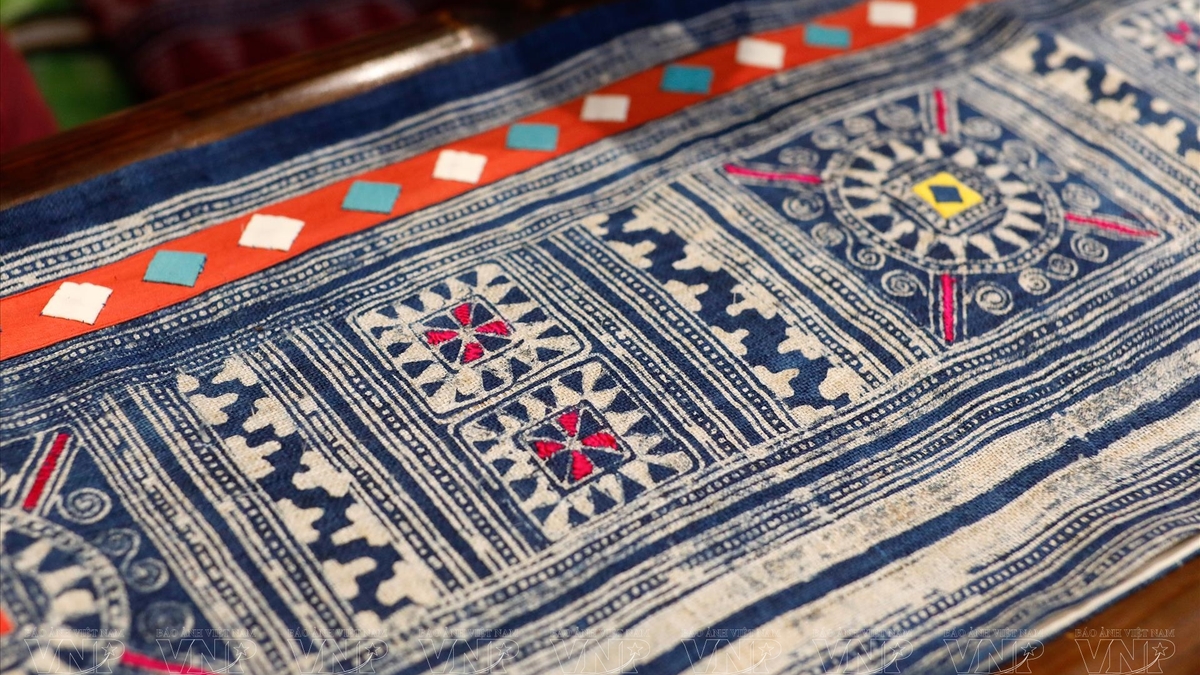

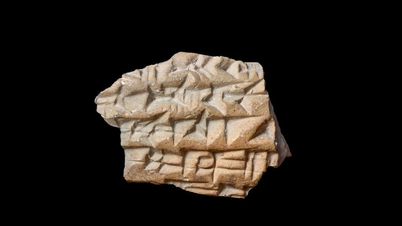

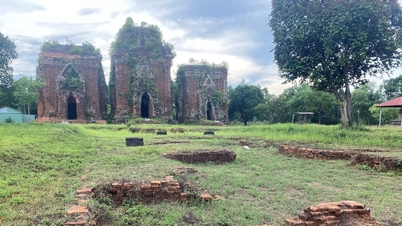

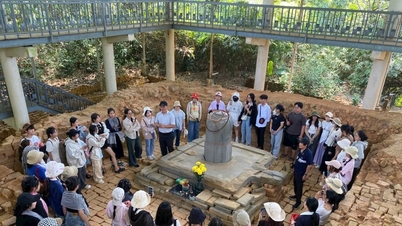













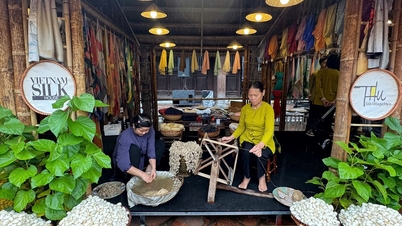













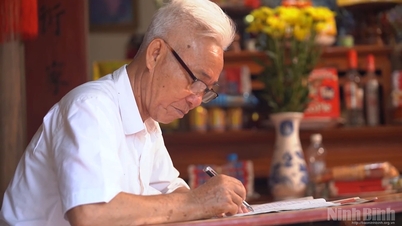





























































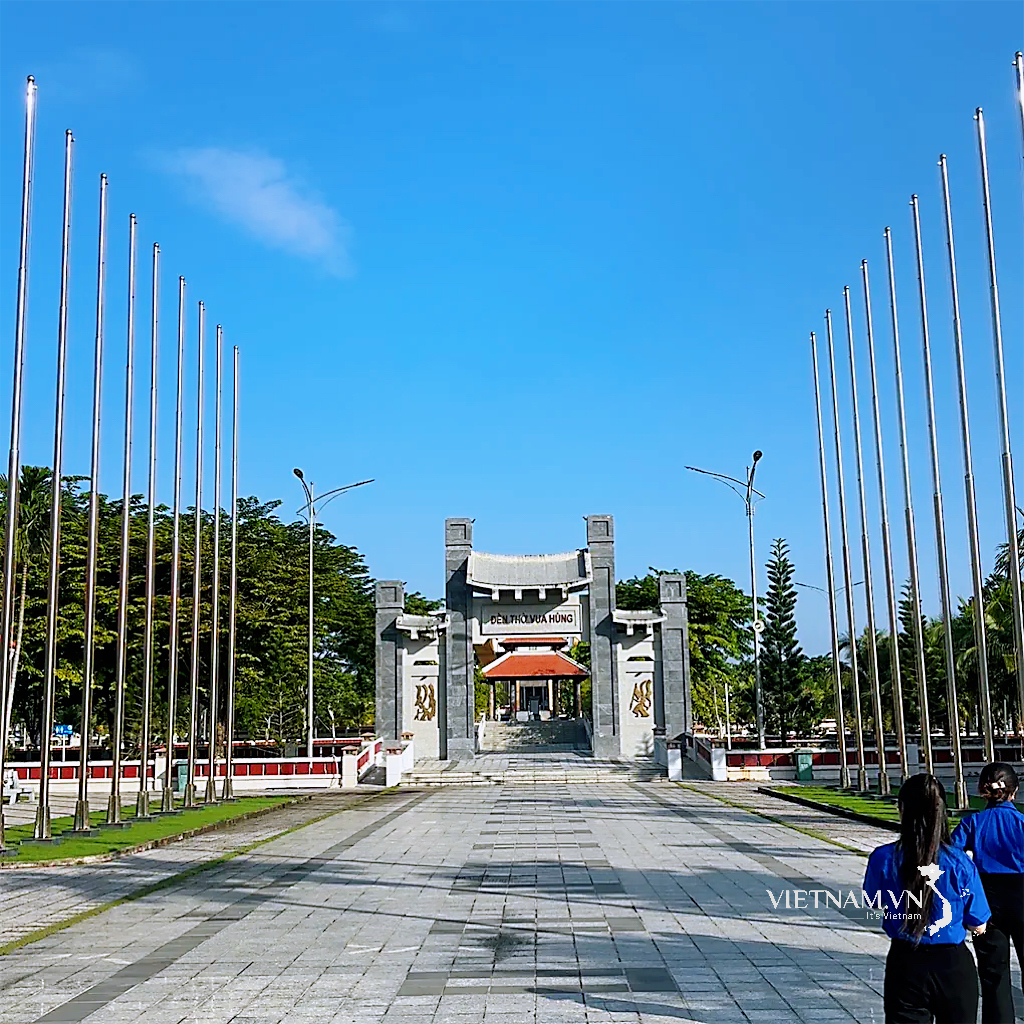
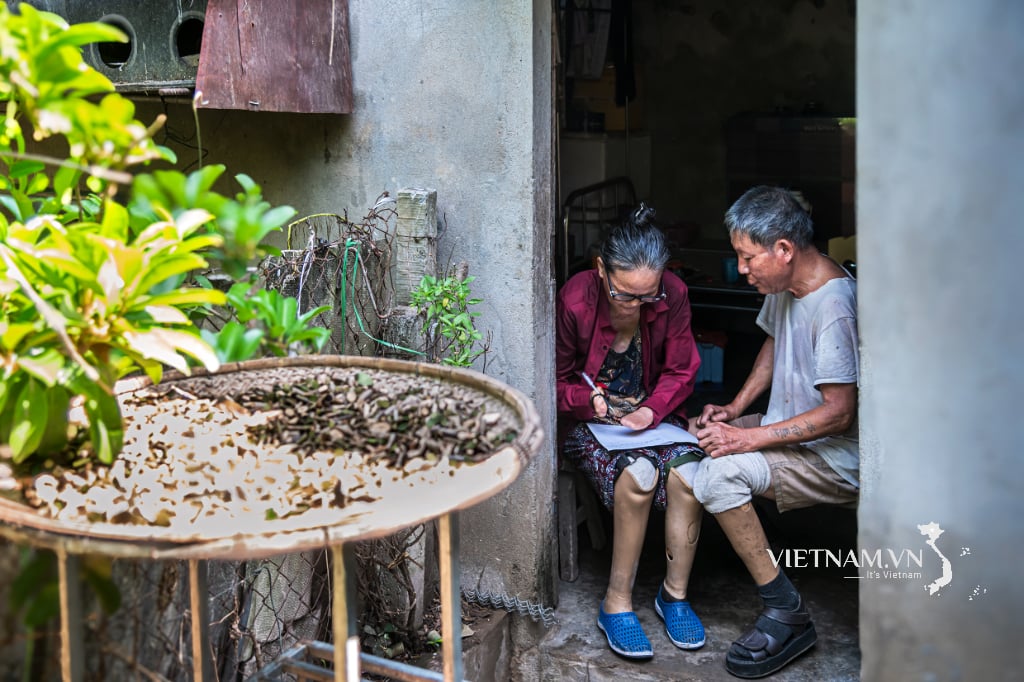
Comment (0)